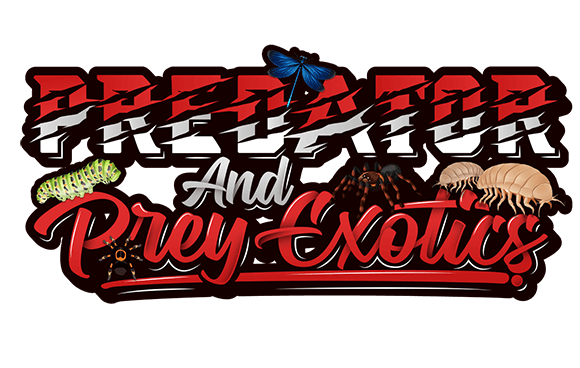Description
Pueblan Milksnake Baby Unsexed Apricot
Members of the kingsnake genus Lampropeltis, the two dozen or so snakes referred to as milksnakes were once subspecies or geographical races of a single species L. triangulum, but most have now been elevated to full species status. Milksnakes get their common name from a ridiculous myth about milking cows brought on by many varieties being found near barns. Milksnakes are primarily tri-colored snakes with alternating transverse bands of red or orange, yellow or white and black, and thereby mimic the venomous coral snakes with similar color and pattern (this phenomenon is known as Batesian mimicry). The rhyme “red touch black, venom lack (milksnake); red touch yellow, kill a fellow (coral snake)” or its many variations is often used to differentiate the harmless milksnake from the dangerous coral snake, but this simple method does not apply to snakes occurring outside of the United States, and the truth is that some harmless American snakes like the Shovel-nosed Snake have red and yellow bands touching. Milksnakes range from Canada all the way to South America and are varied in both habits and habitat, but many species are inhabitants of forests or rocky areas near grasslands. Like their kingsnake cousins, milksnakes may eat snakes or other reptiles, but adults are primarily rodent eaters. Although nervous when young, milksnakes can make calm, hardy and long-lived terrarium subjects and are beautiful display snakes.






Reviews
There are no reviews yet.